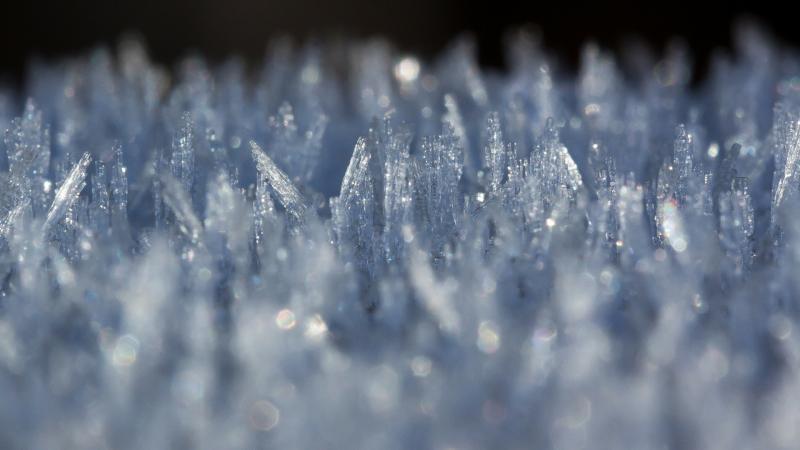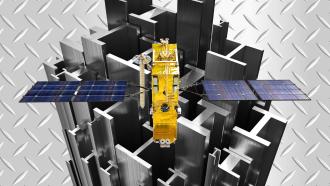
The field of material science has become exciting in the recent past with scientists discovering some remarkable properties and behaviour of novel materials. In one such study, researchers from the National Institute of Technology, Meghalaya, India, and the New York University Abu Dhabi, UAE have designed a versatile crystal material that can be twisted with heat, bent with light, is elastic and can heal itself by heating or cooling.
In the study published in the international edition of the journal Angewandte Chemie, the researchers have detailed the synthesis of the crystal material. They used probenecid, a chemical compound that is usually used to help excrete uric acid from the body, and 4,4'-azopyridine, an aromatic compound, in 2:1 ratio to form a cocrystal, which consists of these two molecules.
The researchers have tested the behaviour of the crystal by heating it up to 68° C and then cooling it. They observed that 14 out of 35 crystals, when twisted, retained its shape. They also saw a transition of the crystal from one form to another when it was heated above its phase transition temperature, but came back to its original form on cooling. The tests also showed that the crystal could repair itself from the generated cracks during the first heating cycle, which disappeared during the second heating cycle, thus demonstrating its ability to heal.
When mechanical stress was applied on the crystal, it exhibited elastic properties and relapsed into its pre-stress state due to its molecular interaction and arrangement. Also, when the crystal was irradiated with ultraviolet (UV) light, it behaved rapidly by bending away from the light source because atoms within the azopyridine molecules undergo rearrangement upon irradiation. However, when the incident light was stopped, the crystals recovered to its original state.
The researchers claim that these versatile crystals have the potential to be as microcomponents in the field of micro-robotics and microfluidics, as micro-gears and actuators.

























